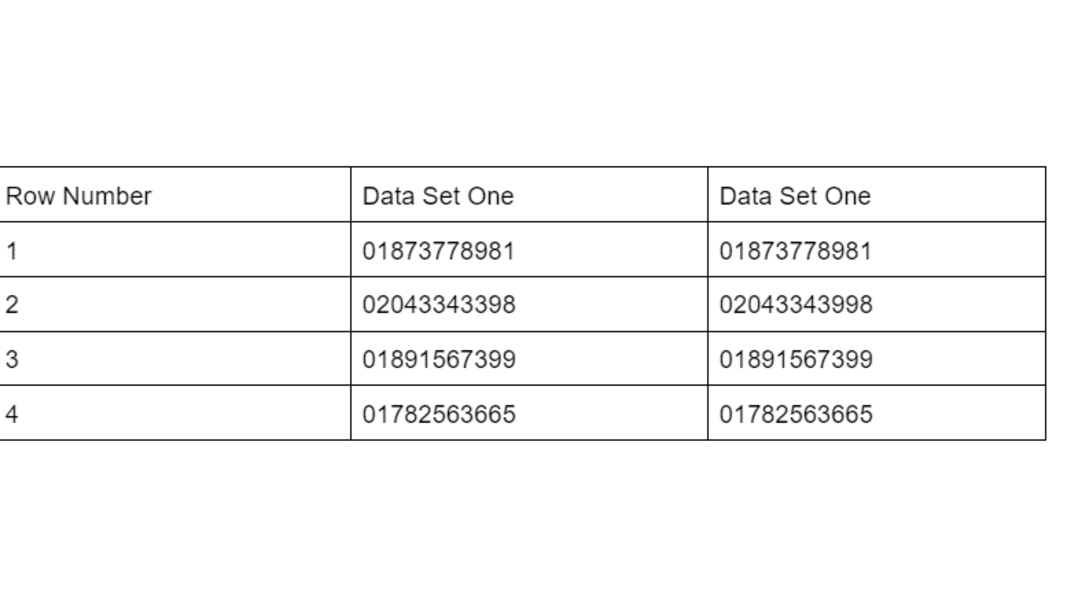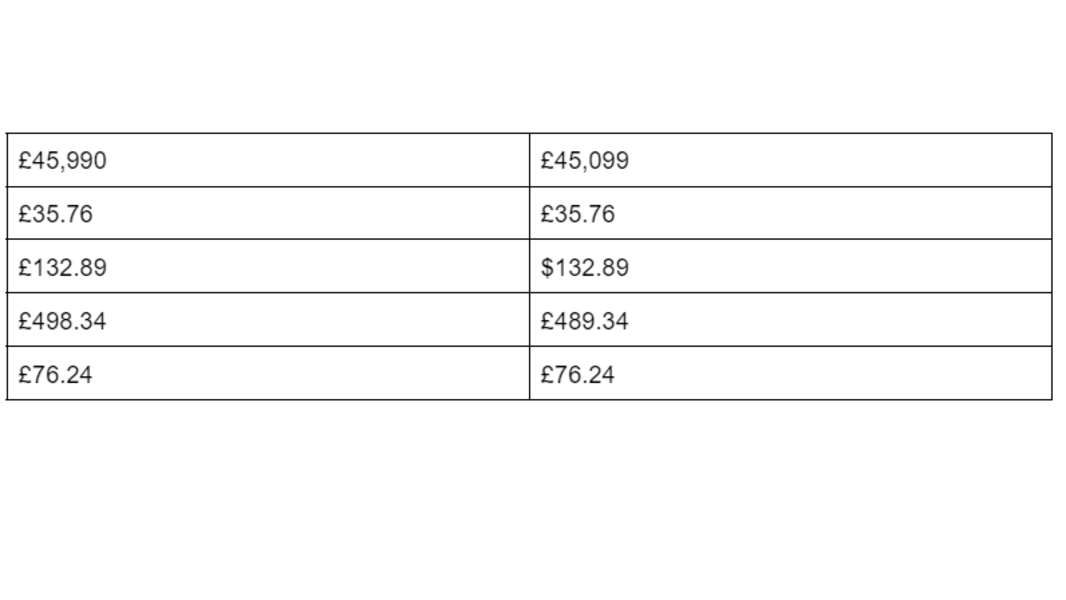What are attention to detail tests?
Attention to detail tests are a pre-employment assessment used in the recruitment process for a number of different roles, and they are used early in the process to help the recruitment team narrow down large pools of candidates and choose only those that have the right level of skill to be successful in the role.
In the attention to detail test, a candidate needs to be able to spot errors or differences in data, which might be in the form of numbers, words, letters, or a combination. In the test, you will need to be able to compare this data and find where the errors or differences are, if any.
When you are taking the test, you will need to work fast but accurately, as you will be marked for the number of correct answers that you give - and you will need to score better than the other test takers to be taken further in the process.
Why is the test important for employers?
Employers use the attention to detail test to ensure that the candidates they choose to work for them are able to work with information accurately, and are able to spot errors and inconsistencies so that they do not become problematic.
It is a simple test that allows the recruitment team to choose the applicants who are able to work under pressure without errors, and are suitable for work that requires a lot of detail. In the type of roles that need detailed work, errors can be costly - both to the bottom line of the business and to the public image.
Using the test gives the recruitment team quantifiable data to use when selecting applicants to take further in the recruitment process - those who are likely to have the ability to pay attention to the small details.
Who uses attention to detail tests?
Recruiters use attention to detail tests in roles throughout different sectors, and you are likely to face an attention to detail assessment if you are applying for the following roles:
- Accountant
- Executive Assistant
- Manager
- Admin Assistant
- Designer
- UX Programmer
- Secretary
- Statistician
The recruitment team in charge of the process will let you know if you are required to take the test.
Test Format
Attention to detail tests are typically multiple-choice assessments. You will be presented with two (or more) sets of data and you will be required to look through them and find any differences between them. The information you are given might be something like a list of telephone numbers or a series of entries in an accounting book. Sometimes you might have to find errors in data that includes both letters and numbers.
The test is taken online, and you will usually be sent a link to complete it via email. The recruitment team will give a time frame for you to complete the test, which usually is just a few days.
Like other pre-employment aptitude tests, the attention to detail test is a timed test and doesn’t take long to complete, so you will need to be confident in quickly reading and understanding the instructions as well as spotting those all-important differences.
Example Questions
Attention to detail tests can have different types of questions, and below are some examples of what you might face.
Example Question One
Compare the two lists below and choose the row(s) that contain errors.
a) Row 1
b) Row 2
c) Row 3
d) Row 4
Example Question Two
Compare the two lists of figures and choose the answer that represents the amount of differences between them.
a) 4
b) 3
c) 2
d) 5
Tips to prepare for an attention to detail test
Tip 1: Practice your attention to detail skills
There are a few ways you can improve your skills when it comes to spotting errors, and some of them can be quite enjoyable. Choose to play games like spot the difference - they aren’t just for children - and you will be able to have some fun and work on your inherent skills.
You can play using pen and paper, or even online or through your smartphone.
Tip 2: Practice error checking tests
One of the most difficult things about completing any aptitude test is a combination of unfamiliarity and the pressure of the exam conditions.
Doing practice error checking tests is a great way to improve your attention to detail. By taking the time to complete these tests, you will be able to see where your weaknesses are and work on improving them. Additionally, practicing error checking will help you become more familiar with the process and make it second nature.
Some of these tests will have a built-in timer so you can get used to answering at the right speed, but if they do not have one then time it yourself - they usually last 20-30 minutes.
Tip 3: Have a plan
Answering questions in the attention to detail test can be complicated, but if you can work out a way to answer that works for you, it will work under almost any circumstances. For some candidates, looking at each item individually is the best way to answer attention to detail questions, while others will look at all the information at the same time. Whatever you choose to work for you, apply that in the test for the best results.
Tip 4: Read the questions carefully
As the data you are presented with is different in each question, the errors and differences that you have to spot will be different too.
Take the time to read each question carefully so you know what you are looking for - whether it is the number of differences, or where the differences are.
Tip 5: Take your time
While it might seem counterintuitive when you are under time pressure, try not to rush through the attention to detail assessment. There is enough time available for you to answer every question, and if you try to go too fast you might miss out on an easy few points by making a mistake.



